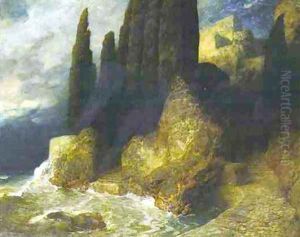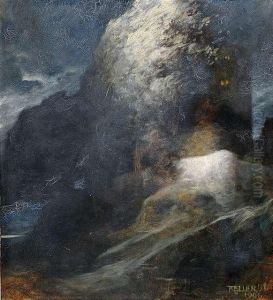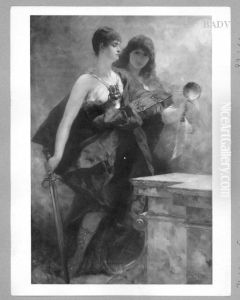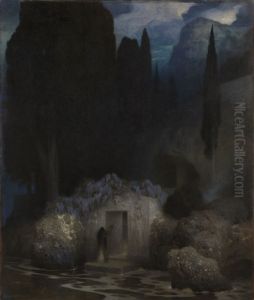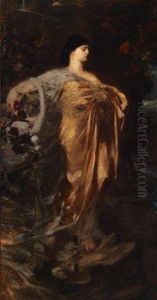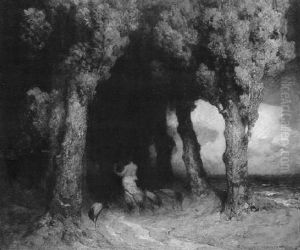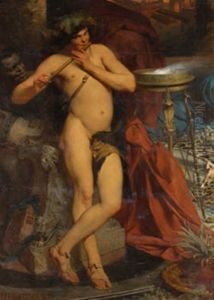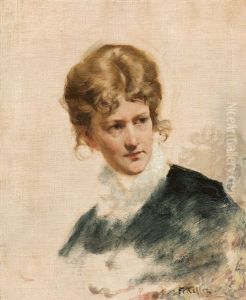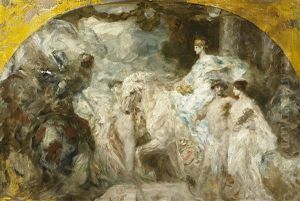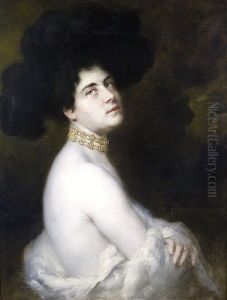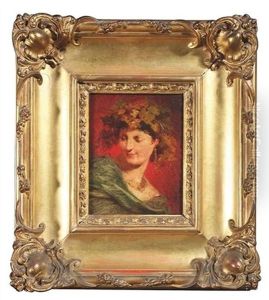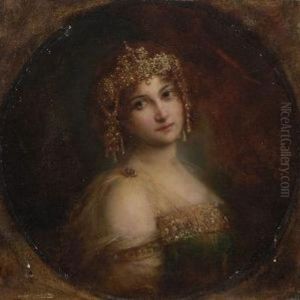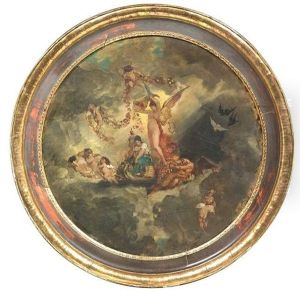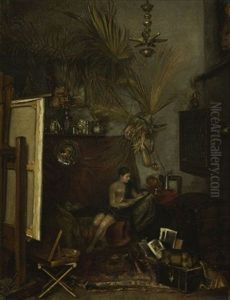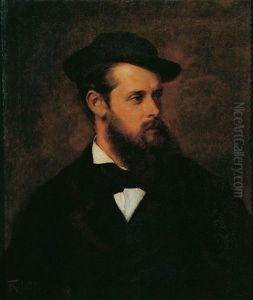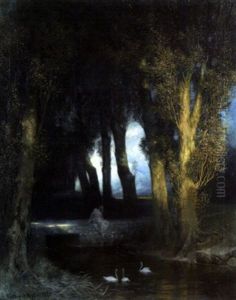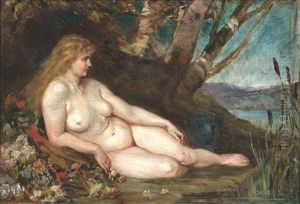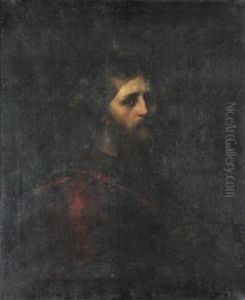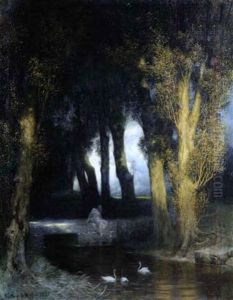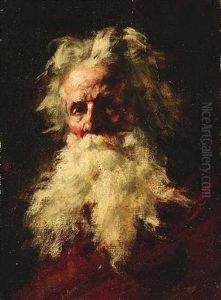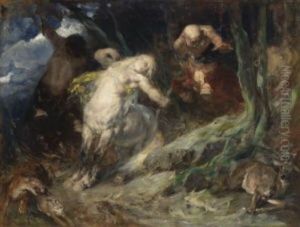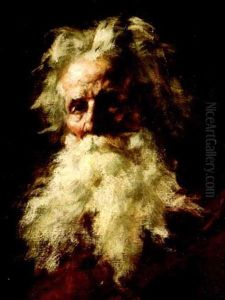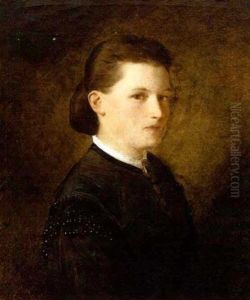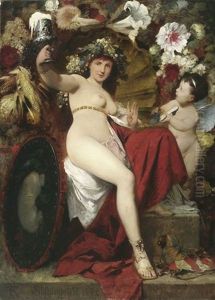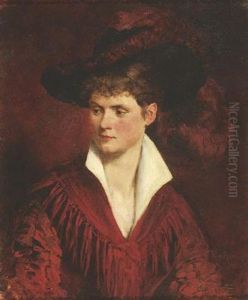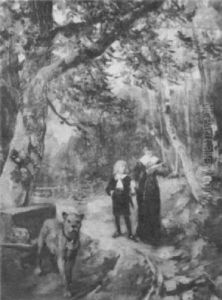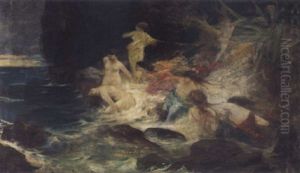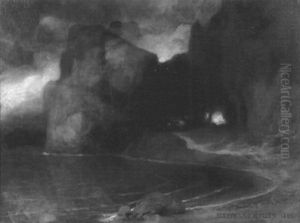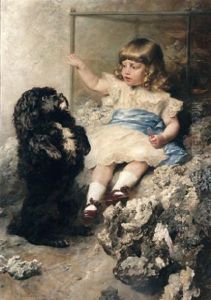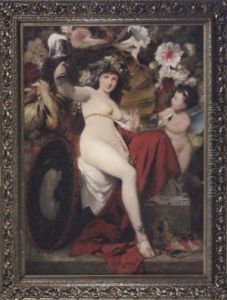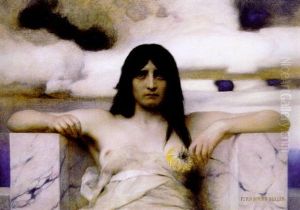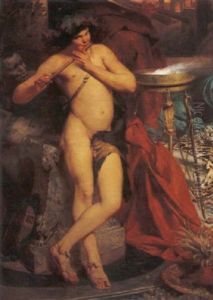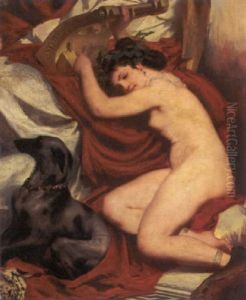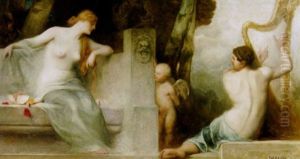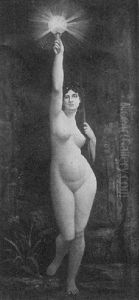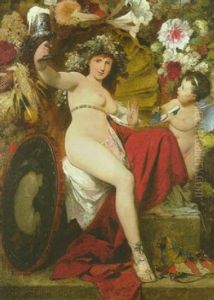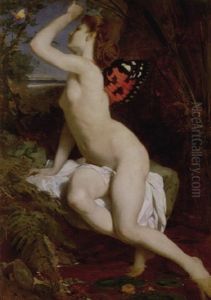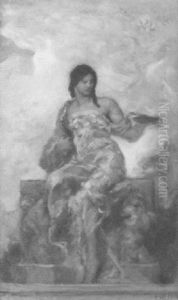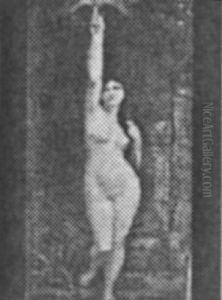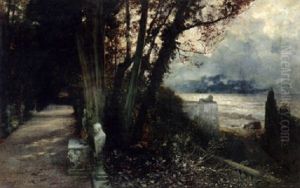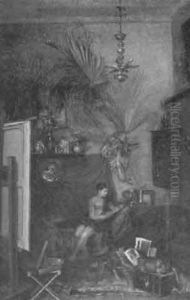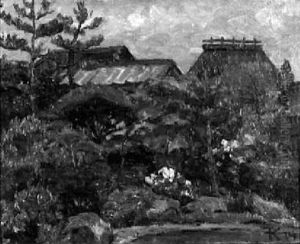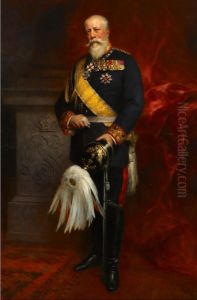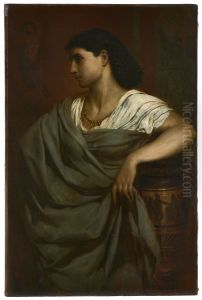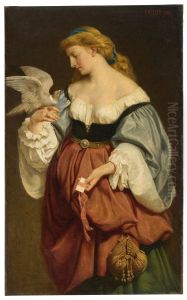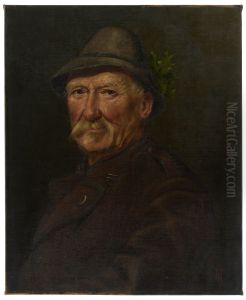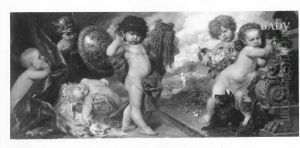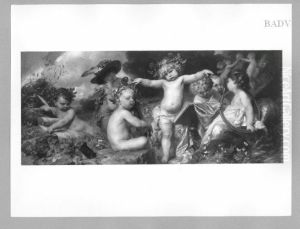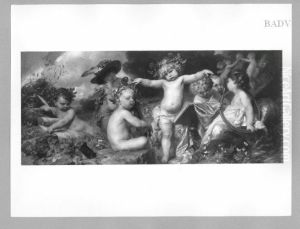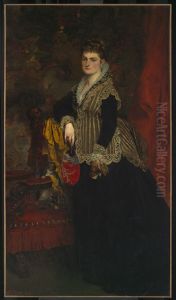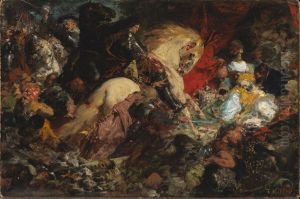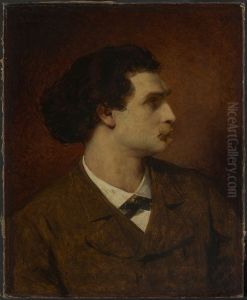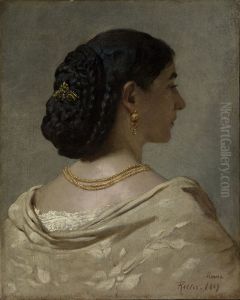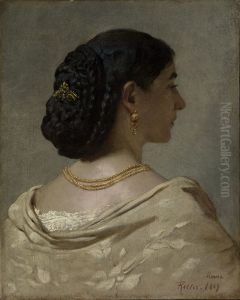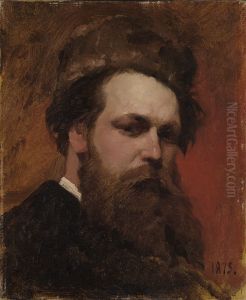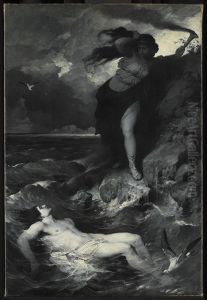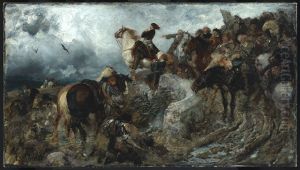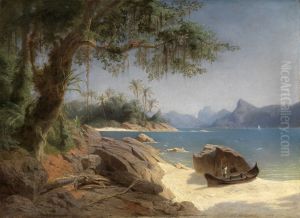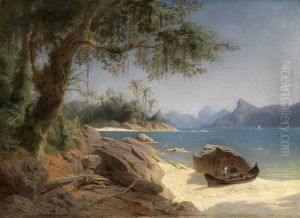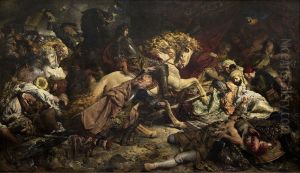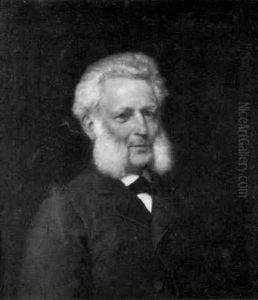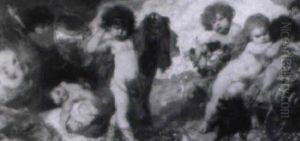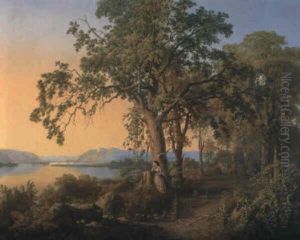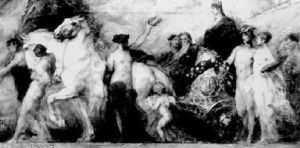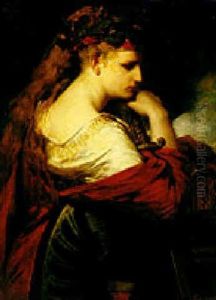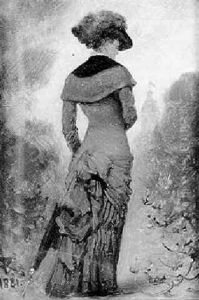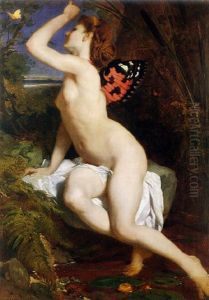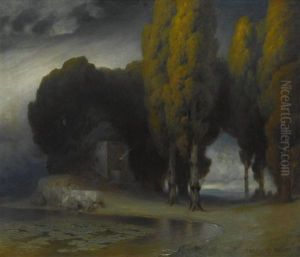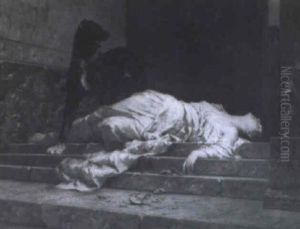Ferdinand Keller Paintings
Ferdinand Keller, also known as Ferdinand Karl Wilhelm Keller, was a prominent German painter born on August 5, 1842, in Karlsruhe, Germany. He was well-regarded for his historical and mythological paintings, as well as his work as a fresco artist. Keller studied at the Karlsruhe Academy under Johann Wilhelm Schirmer, who was a landscape painter and a pivotal figure in the Düsseldorf school of painting.
Keller’s early works were primarily landscapes and forest scenes, influenced by his mentor. However, his style evolved as he traveled to Italy and Switzerland, where he was inspired by the Renaissance masters. He spent significant time in Rome, which was a center for artists at the time, and this exposure had a profound effect on his artistic development.
In 1873, Keller was appointed as a professor at the Karlsruhe Academy, and later, in 1881, he became the director, a position he held for several years. His tenure at the academy was marked by his commitment to fostering the talents of young artists and implementing academic reforms. As a teacher, Keller was known for emphasizing the importance of drawing from life, which he believed was essential to understanding the complexities of human anatomy and the subtleties of light and shade.
Keller's most notable works include large-scale history paintings that often featured dramatic lighting and a strong sense of narrative. He received numerous commissions for public and private buildings, including frescoes for the Stadthaus in Zurich and the Prussian House of Lords in Berlin. In addition to his history paintings, Keller also created altarpieces for churches and portraits for private patrons.
Despite his success as an artist, Keller’s traditional style began to fall out of favor towards the end of the 19th century as modernist movements gained popularity. Nonetheless, he continued to paint and contribute to the art world until his death on July 8, 1922, in Baden-Baden, Germany. Keller's legacy lives on through his contributions to the Karlsruhe Academy and the lasting influence he had on his students. His works are displayed in various museums and collections, reflecting his status as one of Germany’s significant artists of the 19th century.
